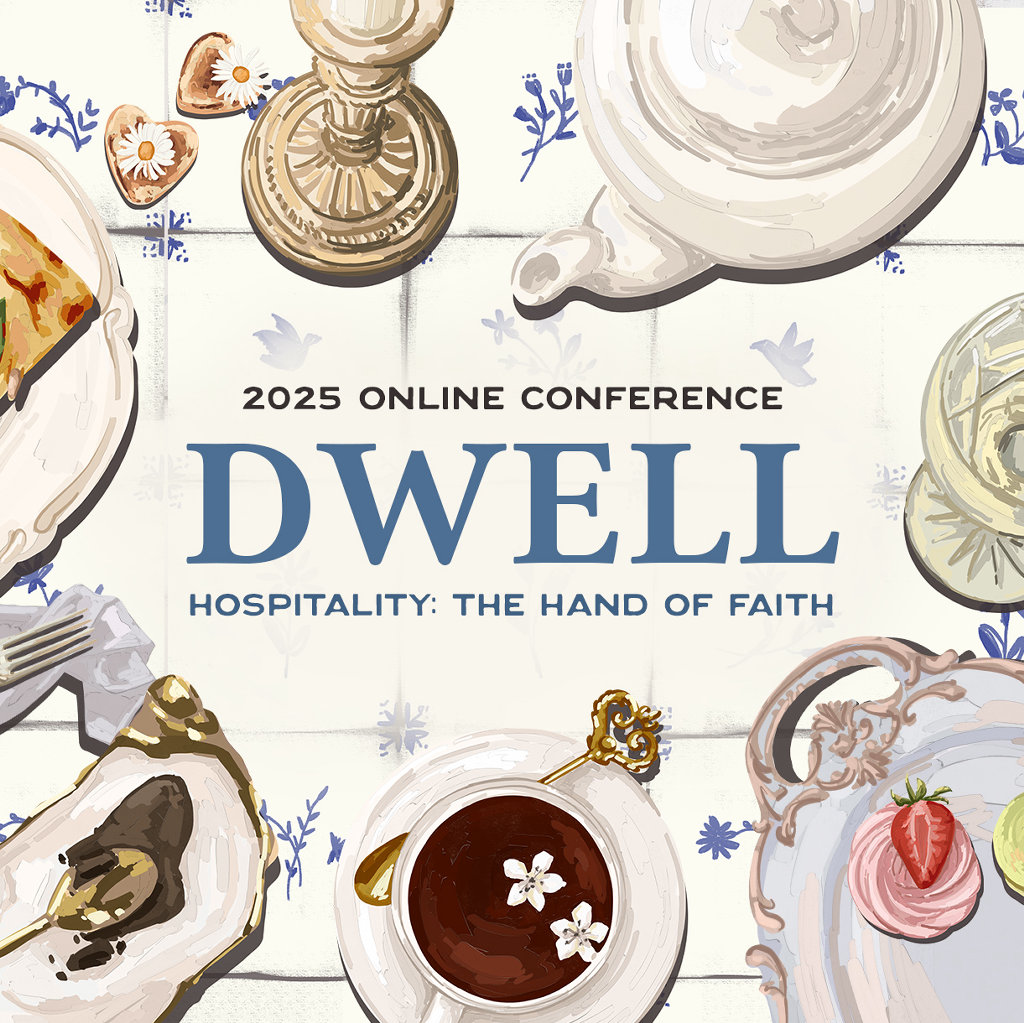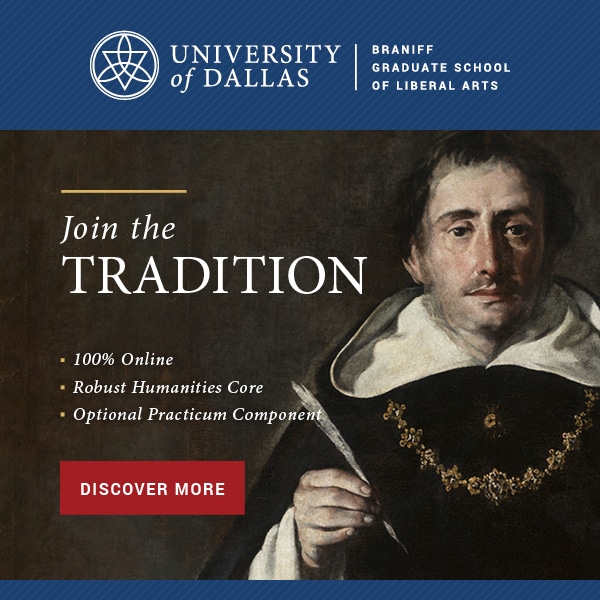No products in the cart.
Fencing The Classical Christian Table

A classical Christian school can survive if it has one or two students that should have been kicked out years ago.
It can survive if it has three or four students who should have been kicked out years ago.
It can even survive with five or six students who should have been kicked out years ago.
However, it can’t survive with seven or eight students who should have been kicked out years ago. That’s the limit. No more.
But after that point—after seven or eight—something funny happens. Something switches. Because a classical Christian school absolutely can survive with nine, ten, eleven, twelve, thirteen, fourteen, fifteen, sixteen, seventeen, eighteen…fifty-six, fifty-seven, fifty-eight or fifty-nine students who should have been kicked out years ago.
At the point a school gets to nine or ten students who should have been kicked out years ago, or who should never have been let in to begin with, the problem isn’t the number of families who aren’t missionally aligned. The problem is that the school’s stated rules and goals are not the school’s actual rules and goals. At nine or ten, whatever behaviors or beliefs should have gotten a student kicked out have become sufficiently common that they are not so much a violation of the school’s written rules as obedience to unwritten rules. A school of video game junkies and wannabe influencers is a school for video game junkies and wannabe influencers.
As the school reaches the tipping point—going from six to seven to eight—the families who used to feel they squarely belonged begin asking aloud, “What kind of school is this?” because the answer is no longer a given. They formerly felt the school was for “people like us,” but an adequate volume of evidence to the contrary now sits before them. Exceptions have been normalized. Outliers have been centralized. The people who once saw themselves as average now look like aberrations. The school may survive on paper, but the mood in the halls has changed and teachers whisper in the corner.
Schools don’t teach anything. Walls can’t talk. Chairs do not lecture. Teachers teach, but students teach, as well. Students teach other students how to be normal. Students teach students “how we do things here.” Students teach students “who we are.” Teachers a have a role in this, but, as Emerson once put it, “I pay the schoolmaster, but tis the school boys who teach my son.” If outlier students—students who don’t belong either for reasons of belief or behavior—are genuine outliers, the students who do belong can write them off as exceptions. Everything has exceptions. However, at the point the outliers become average, the students who belong (or used to belong) can no longer regard them as one-offs, and just as bad money drives out good money, bad students drive out good students. Good gatekeepers ensure that exceptions stay exceptions. Too many exceptions become their own rule. At a certain point, the dress code is broken too often to really be called a “code.”
The tipping point numbers I have offered here are highly figurative. I have no idea what the actual numbers are—perhaps Malcolm Gladwell does—but I know the numbers exist because they exist for every institution and every business. A certain amount of theft is built into the price of goods, but you have to police theft in order to stay solvent. The fact theft is accounted for in the price doesn’t mean you don’t worry about it. Likewise, one or two discontent parishioners is par for the course. Twenty means you’ve got a split in the works.
There’s a very roundabout sense in which classical schools exist today because of fear for this tipping point many, many centuries ago. At the beginning of the fourth century, it was hard to be a Christian. By the end of the fourth century, it was hard not to be a Christian, and Christians of the time noted this change and were anxious about it. If a few Christians lived easy lives, no matter, but if the Christian life became chiefly characterized by ease and social advancement, the Gospel would be defamed. A good deal of Christian anxiety about the “new easy Christian life” was channeled into monasteries, which became increasingly popular in the late fourth and fifth centuries. Those leaving the city for the desert seemed to say, “If the Christian life isn’t inherently difficult anymore, we must make it difficult.”
Classical Christian education is a curious convergence of monasticism, aristocratic privilege, and Renaissance humanism—and yet the monastic life must make up the lion’s share of the classical Christian spirit. In the post-COVID classical Christian boom, it is only fitting that some people within the movement should be calling for higher standards, greater rigor, and greater discipline as a countermeasure against the lowering of standards that invariably follow rising popularity. When the success of a small, good restaurant allows the restaurant to quadruple in size, no one comments that the food is four times better. Rather, the opposite. I am by no means claiming that a successful restaurant is morally obligated to stay small, but if it does grow, the head chef must also double down on all the rules of a successful kitchen so that standards don’t go slack. As the restaurant expands, he must be even more careful when hiring line cooks and prep cooks because he will have less time to oversee their work. In a small kitchen, he could catch mistakes. In a large kitchen, the cooks must catch their own mistakes.
We see the same sort of progression in standards during early Christian history. In the apostolic age, a man who expressed interest in baptism over the course of a morning might receive baptism that afternoon. In late antiquity, he might have to wait a year or more. The expansion of Christianity led to a more exacting vetting process for entrance, not a loosening of standards.
Going forward in our newfound success and popularity, classical Christian school need to take more cues from early Christians. Our growing numbers have historical parallels with the fourth century, and the debate arisen in the last year about the canon parallels early Christian debates about fundamental theological issues (like the Trinity and the dual nature of Christ). Those debates may have arisen on a provincial level but were solved in councils—councils which were far more concerned with truth and purity than “growth.” When growth matters more than truth, the growth is nothing more than a bubble.

Joshua Gibbs
Joshua Gibbs is the director of The Classical Teaching Institute at The Ambrose School. He is the author of Something They Will Not Forget and Love What Lasts. He is the creator of Proverbial and the host of In the Trenches, a podcast for teachers. In addition to lecturing and consulting, he also teaches classic literature through GibbsClassical.com.









4 thoughts on “Fencing The Classical Christian Table”
I see something similar happening at the small liberal arts Christian college my daughter attends – there is a growing undercurrent of very progressive ideology that is not being checked by the administration, and students (and their parents) who chose the school hoping to develop their faith in their college years are frustrated and are transferring out.
I teach at a prep school, not a classical school, but I’ve seen this dynamic play out this year, and it’s tearing the school apart. A few years ago we got a head of school for whom growth clearly trumps mission. Classrooms have filled up, and formerly manageable levels of bad behavior have become unmanageable. We’ve had some of our best families and even staff leave over the increasingly delinquent behavior of boys in certain grades. There was finally a round of expulsions in Middle School a couple weeks ago, too little and too late, and I’ve heard several other families in those grades are waiting to see who else gets expelled before they send their kids back next year. “Bad students drive out good students” is certainly true.
I see this everywhere I teach, five schools to date.
I think this is an excellent argument against public education. The quote from Emerson, I’ll hang on to. I’ve argued this in court before, and I’ll be arguing this again in the future. Good read.